The 6 Best VR Headsets of 2017 Review
A virtual reality headset gives immersive virtual reality to the wearer. Now in 2017 there's an amazing variety of VR headsets to choose from. But which is the best VR headset out there? Read the results of our reviews of the best VR headsets (from Oculus and HTC Vive to Gear VR and Google Cardboard) of 2017, and find which is the best for you.
Best VR headsets for consoles and PC
This group is what most of the fuss has been about. The Oculus and HTC both work with a PC, while the PlayStation VR works with a PlayStation 4; so your choice of headset may come down to whatever machines you already have. If you're going for a PC headset, be sure you have good enough specs to run it.
1. HTC Vive
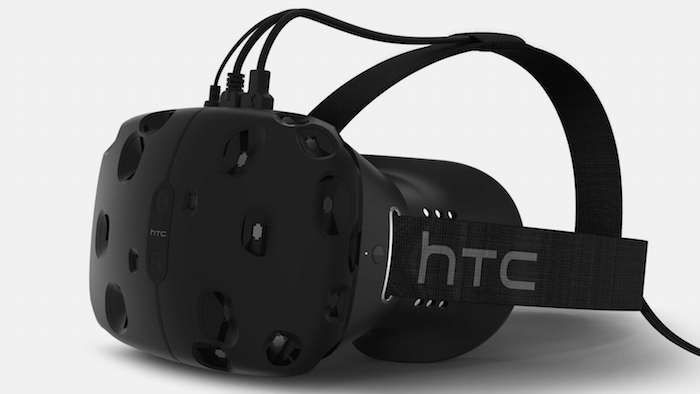
The HTC Vive was made in collaboration with PC games giant Valve and works with Valve's mammoth gaming ecosystem, Steam. HTC packs in 70 sensors to offer 360-degree head-tracking as well as a 90Hz refresh rate - that's the stat that's key to keeping down latency, which is the technical term for the effect that causes motion sickness. Thankfully that wasn't an issue in our review, which can't be said about every device.
The key to the HTC Vive's success is the Lighthouse room tracking, which enables you to move around with the headset on. It means mounting some sensors in your home, but the effect is next level. Meanwhile, the Vive's new Tracker tech is able to bring any object into VR, and some developers have already found some creative uses for it.
2. Sony PlayStation VR
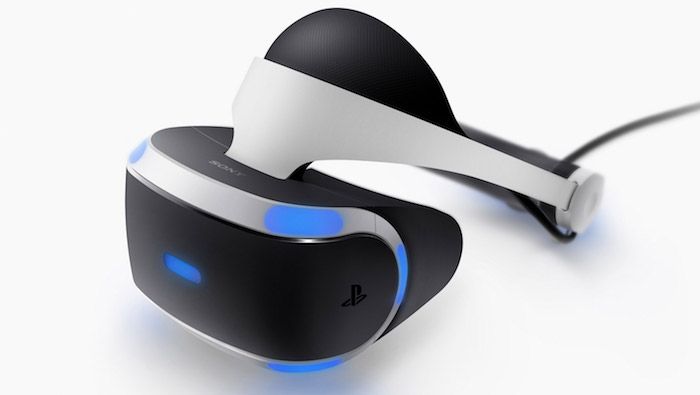
PlayStation VR will be most people's introduction to good VR. It's not perfect, but it's going after console gamers hard and, ultimately, it is still a truly awesome VR experience. There's nothing else in this category of quality but affordable VR, meaning PS VR is the benchmark for mainstream console VR. Plus, since launch there's been a steady stream of new titles, some from big franchises, such as Resident Evil 7.
PlayStation VR Worlds has a few small games and encounters, including The London Heist. Different games incorporate RIGS, The Playroom VR, Batman: Arkham VR and the fabulous Battlezone. PlayStation VR evacuates a lot of hindrances to virtual reality since it's an assistant to a current stage. It conveys immersive gaming to your current reassure and is broadly accessible.
3. Oculus Rift
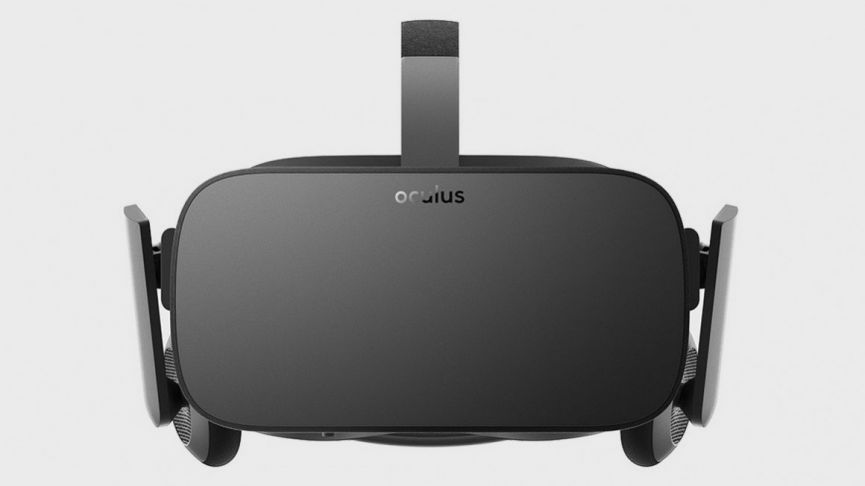
The Oculus Rift is the headset that started the current hysteria. Developed by Palmer Luckey, funded via Kickstarter and snapped up by Facebook for a cool $2 billion, the Rift plugs into your computer's DVI and USB ports and tracks your head movements to provide 3D imagery on its stereo screens.
The consumer edition Rift uses a 2160 x 1200 resolution, working at 233 million pixels per second, with a 90Hz refresh rate. It's high-tech stuff, which matches the HTC Vive for refresh rate but lags behind PlayStation VR. However, given its access to the power of the latest PCs, it's pushing a lot more pixels than Sony's headset.
Best mobile VR headsets
Because of just how expensive it is to invest in high-end VR, companies have worked hard to bring us affordable VR that can run on those handy supercomputers we all carry around in our pockets. Thus, here are the best headsets you can slip your phone into. They're generally wireless and many are under $100, so it's a whole different ball game to the beasts above. Be careful though, certain devices only work with certain phones, so check before putting down any cash.
1. Samsung Gear VR
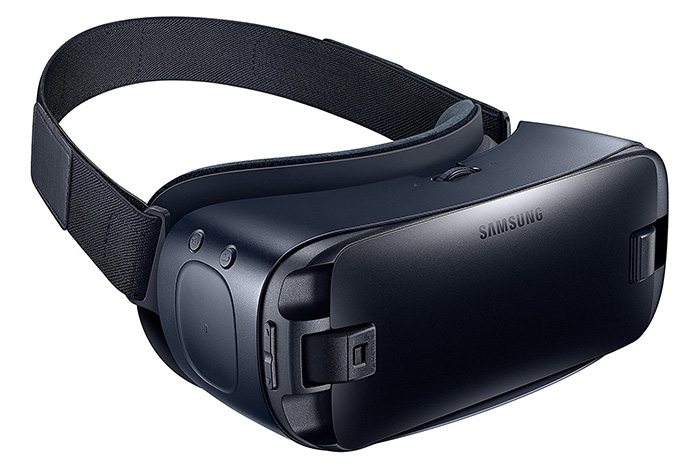
Samsung's Gear VR doesn't look much different year-to-year, but the Korean company gives it enough of a boost every 12 months to keep it on top of the mobile VR heap. This year's biggest addition is a brand new controller, which will help you get a little more immersion in your VR content.
Of course, the visual experience of using Gear VR will depend on which Samsung smartphone you use. But there are some features that'll give you a good experience no matter which Samsung handset you've got, like a wide 101-degree viewing angel and a dark tint to reduce glare and reflections.
2. Google Daydream View
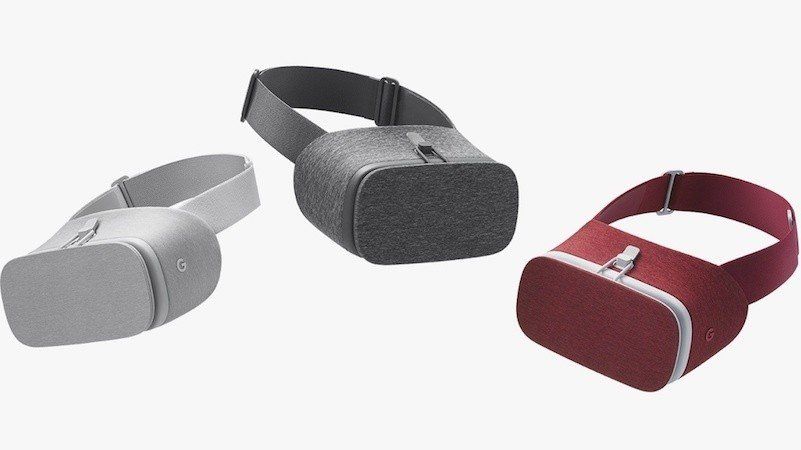
The flagship first headset born out of Google's Daydream VR platform, Google claims the View is 30% lighter than any other mobile headset on the market. Google isn't naming names, but we'd guess it means the Gear VR.
The View is only compatible with a handful of handsets for now, including Google Pixel and some of Motorola's, but that's about to change. This summer, Galaxy S8 and S8+ will get Daydream support via a software update. And LG's next flagship, due this fall, will also have Daydream support. With two of the most popular Android smartphone makers in tow, it may be time for Google's sweatpants-inspired headset to give the Gear VR a run for its money.
3. Google Cardboard
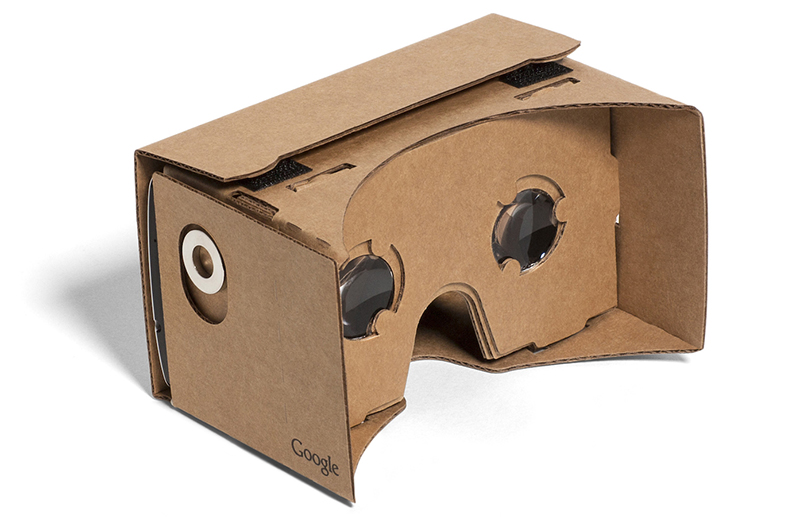
Google Cardboard was initially disclosed in 2014, as actually a collapsing cardboard holder into which a cell phone could be set. The magnificence of Google Cardboard is two-overlap: firstly, the equipment cost is practically negligible, frequently free, and furthermore, it's general, supporting an extensive variety of cell phone models - basically, anything that will fit into the front and remain secure.
Cardboard is truly a specially appointed VR watcher: there's no head strap and if there was it is awkward to wear, rather expected to be held to the face to see the substance. There are a scope of Cardboard applications for substance, and additionally having the capacity to see 360 situations, for example, Google Street View or watching 360 substance on YouTube.
Everyone is excited about VR. Above we list some of the best VR headsets around. Hope you can decide which one is best for you.
Useful Tips
- Best VR Headsets 2017
- Watch 3D Movies in VLC
- Best Encoding Settings for Gear VR/Oculus Rift
- Best 3D Video Converter
- Play MKV on Oculus Rift
- Play 3D on BNext 3D VR Headset
- Play 3D YouTube on Gear VR
- Play 3D MKV on PS VR
- Convert 3D MKV to 3D MP4
- Open Sony 3D AVCHD in iMovie
- Best VR Video Converter for Mac
- View 3D MTS on Oculus Rift
- Play 3D YIFY Movie on Google Daydream VR
- Convert 3D Videos for Google Daydream VR
- Watch 3D YouTube Video on Zeiss VR One
Copyright © 2019 Brorsoft Studio. All Rights Reserved.






